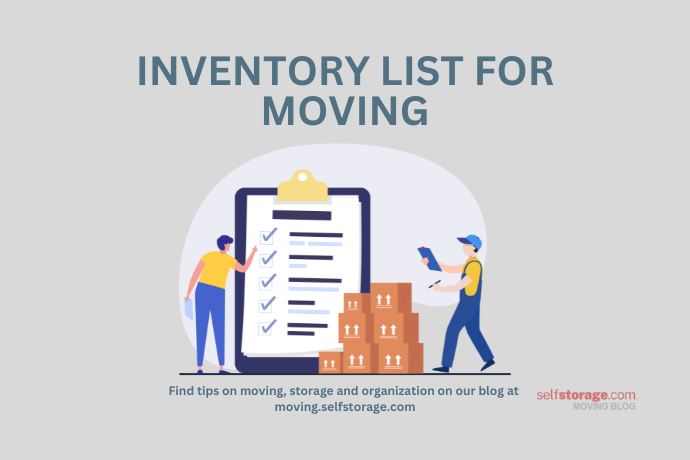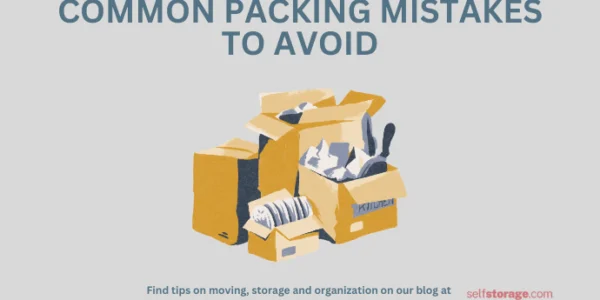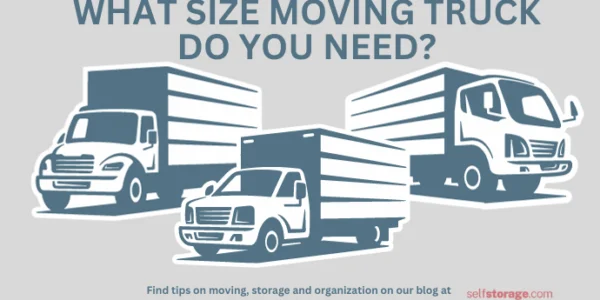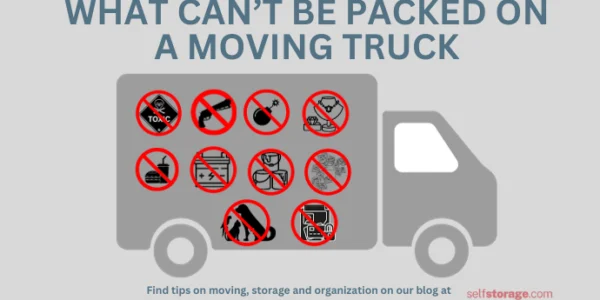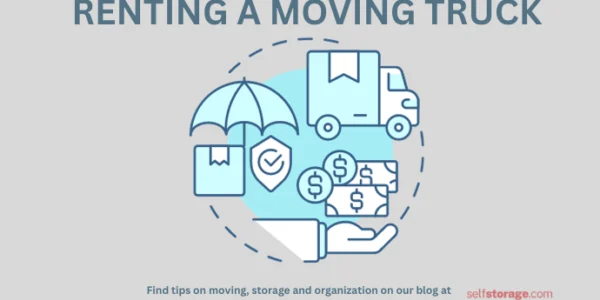What’s covered in this article – click on a link to learn more:
- Why Have a Moving Inventory List
- Put a Plan in Place
- Create a System
- Declutter
- Details Matter
- Take Advantage Of Technology
- Give Valuables VIP Status
- Have a Backup
- Keep Your Inventory List Updated
You know when you go no-plan, no-list, all-vibes grocery shopping? Moving without a plan and an inventory list leads to that same type of ‘what have I done to myself?’ stress. So, despite the temptation to throw all your stuff in boxes and live on a wing and a prayer, I promise you a plan and an inventory list goes a long way to making your move easier and preserving your sanity.
As my family’s moving date drew nearer, we found ourselves bracing for the imminent transition surrounded by a nest of packing supplies. I knew we needed to insert a little method into this self-created madness. Determined to ensure nothing was overlooked or left behind, we perfected a methodical approach to our move and mastered our inventory list.
Why Have a Moving Inventory List?
If you’re having doubts, thinking that creating an inventory list is a waste of time, I assure you, it’s anything but. It will become your go-to guide for what’s where, preventing a Where’s Waldo situation amidst your belongings. Not only does it ensure that you remember all your possessions, it makes the packing and unpacking process so much easier.
Plus, if anything goes missing or gets bumped and bruised during the move, it’s your ticket to insurance claims. To make it less of an uphill battle, follow these straightforward, essential tips on how to make an inventory list.
Tip #1: Before Anything Else, Put a Plan in Place!
Before a single box is packed, get your plan together. The time, energy and effort you put in on the front end will pay dividends on the back end. This includes everything from the moving logistics, like whether you’ll be DIYing it or hiring full service movers (internal link), to creating a calendar of important dates and deadlines. The simple truth is that the power of dedicated planning time cannot be underestimated.
Tip #2: Create a System that Makes Sense to You
Part of the planning involves mapping out an inventory system that makes sense to you.
When we downsized from a sizable house in the country to a seaside apartment, we organized packing and our inventory list first by room, and then by type, trying to get the items into the correct destination room, and make the unpacking process as quick and easy as possible.
So, for instance, my wife’s cookbook collection wasn’t thrown in with our kids’ mini library. Instead, the collection was packed in a single, numbered box labeled ‘kitchen – cookbooks’. The contents were photographed, and the images uploaded to a Google drive folder of the same name and number.
Though a little time-consuming, this system worked for us and our step-by-step process was easy to follow, streamlined and agreed upon by both of us (essential if you’ve got lots of hands and heads on the job).
Remember, the point of the inventory system is for it to make sense to you! Since being as specific as possible is best, you’ll have to do some assessment of how much time (and energy) you have to devote to your system. Whichever route you take, make sure that your box labels correspond to the inventory list itself, and that all labels are big, bold and easy to read.
Keep in mind, if you’ll be using pro movers, the packing experts will label each box based on its destination room, but you’ll still be responsible for creating a packing inventory list, and documenting all the items that should be making the move.
Tip #3: Embrace the Purge
Obviously, the less stuff you own, the less you need to pack. Moving always presents a prime opportunity to purge. Declutter, donate and sell all the items you don’t want to bring along before packing and creating your moving inventory list.
Tip #4: Get Very Specific
I suggest you start with specificity in mind when making a household inventory list for moving. Do a pre-packing walkthrough and take a room-by-room inventory of everything you’ve got. It’s all about creating documentation, so go ahead, take a video of your belongings (always useful for insurance purposes, whether moving or not), and take lots of photos, getting close-ups of any serial numbers or other identifying details.
Your inventory list should be the place where you write detailed descriptions of all your possessions, including brands and models. If you’ll be investing in moving insurance, having these detailed descriptions will be invaluable in the event you need to make an insurance claim due to loss, theft or damage, and all this planning and preparation can help you avoid falling victim to common moving scams.
Tip #5: Take Advantage Of Technology
Whether you’re an old school pen and paper type of list maker, you prefer no-frills spreadsheets, or you want to use a system that incorporates as many tech tools as possible, you’ve got options!
There are a wide range of moving inventory list apps and digital tools, both free and paid, that can put all the pertinent functionality — taking photos, creating descriptions, and even categorizing by scanning QR codes — directly in the palm of your hands. It’s all up to you and your personal preferences.
Tip #6: Give Your Valuables VIP Status
Shiny, precious things need their spotlight! Pay special attention to your valuables. These items are anything that has a high monetary or sentimental value, and anything that is irreplaceable. Make sure that all the necessary information is well documented in your inventory list for moving. And, depending on the item’s value, you might consider packing, insuring or even transporting any VIP possessions in a specialized way.
Tip #7: Have a Backup… and a Backup of Your Backup
Even if you’re going with a hard copy inventory system, keep at least one digital copy of all of your documentation somewhere external to your home, like an online, cloud-based storage service. You want to make sure that you’ll always have a backup copy if you lose or can’t access the original. Then, for good measure, secure all that time and energy you’ve invested by making a backup of your backup.
Tip #8: Endless Updates and Revisions Allowed
Think of your list as a living, breathing document. As you pack, update! When you unpack it all at your new place, make note of any missing or damaged items.
If you’re much more organized than me, you can take it to the next level by making regular updates and keeping your inventory list going in preparation for any future moves.
Now, let’s wrap this up like a perfectly packed and labeled moving box weighing no more than 50 pounds. A moving inventory list isn’t just an optional extra; it’s your moving sidekick. Investing time and energy into organizing and documenting your belongings will ensure a secure and smooth transition from old home to new, and help you keep your stress levels in check.

